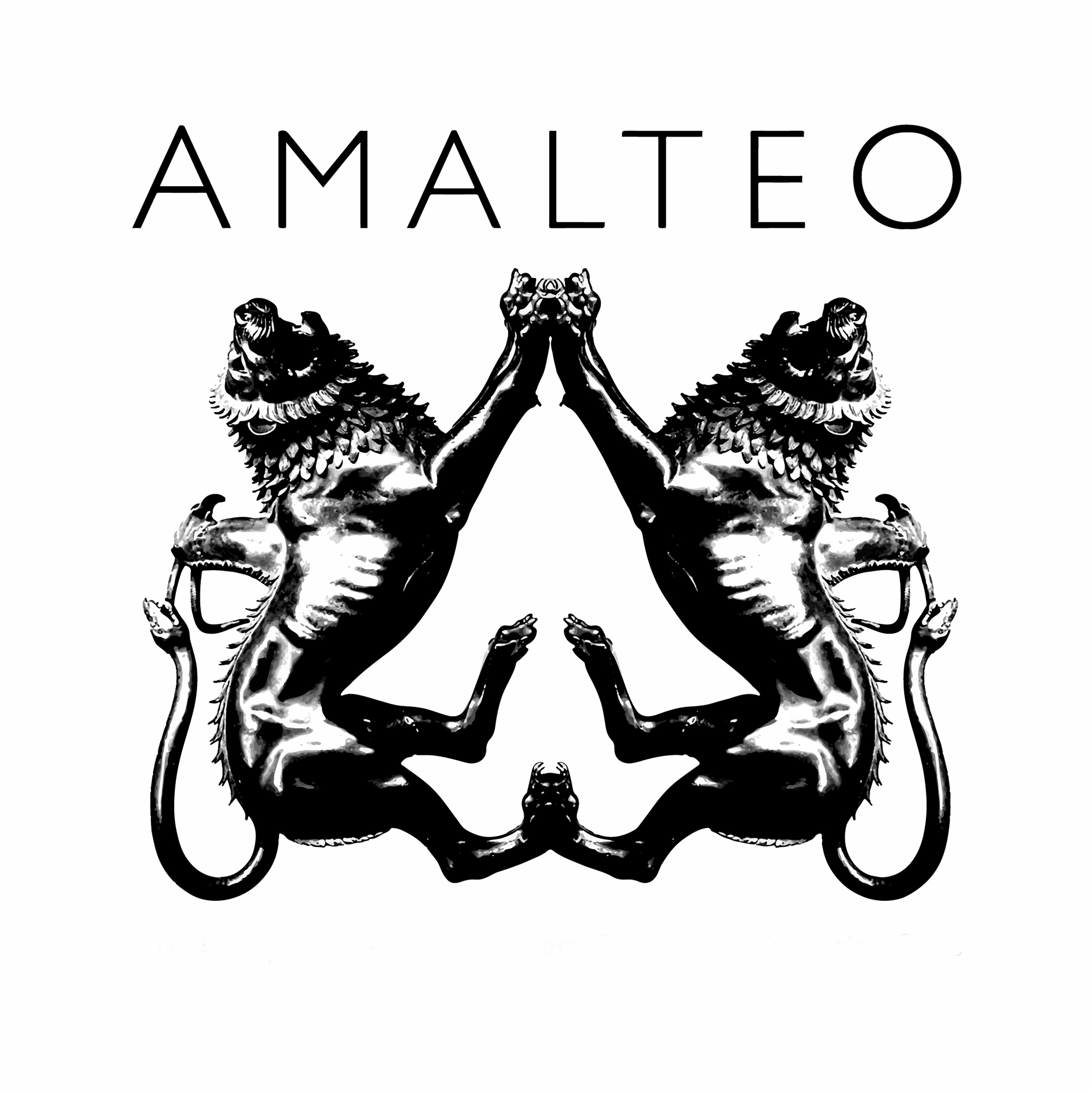CHIMAERA

The Palazzo Amalteo has chosen the famous Chimera of Arezzo as its emblem.
This bronze, a masterpiece of Etruscan art, dating from around 400 BC, is preserved today in the National Archaeological Museum in Florence. It was discovered in 1553 in Arezzo in Toscany, shortly after the Palazzo Amalteo was finished building. Becoming soon a symbol of Tuscan nationalism, the Etruscan sculpture was quickly claimed by the Grand Duke of Tuscany, Cosimo I de' Medici, for his personal collection. It is true that the discovery coincided exactly with the starting point of a wave of interest for everything Etruscan that was to last basically the whole Renaissance period.
The arrival of this masterpiece in Florence, experienced as an event of high political significance, is reported by two contemporary writers: the goldsmith Benvenuto Cellini (1500-1571), who is often said to have restored the statue; as well as the painter and historian Vasari (1511-1574), who also found a piece of the statue’s tail. It was precisely Vasari's iconographic research that made possible to accurately identify the sculpture as the Chimera fought by the Greek hero Bellerophon.
The name of Chimera means she-goat in Greek. In the Iliad, Homer mentions the Chimera, as does Hesiod in his Theogony. It’s a fabulous creature that has three heads: a lion’s head and body, with a goat’s head in the middle of the back, and a tail in the shape of a snake or dragon. This terrible monster devours humans and has the formidable power to spit fire, thunder, lightning. Mounted on the winged horse Pegasus, Bellerophon, son of the god of the sea Poseidon, manages to kill the monster with a spear stroke.
The sculpture is remarkable for the dynamic tension, the expressive intensity. But the most arresting in this fabulous creature is still the mixture of fury and pain, power and suffering. The inscription TINSCVIL on the right front paw means "Offering belonging to Tin", indicating that the bronze was a votive object dedicated to Tinia, the supreme Etruscan god of day (the equivalent of Zeus for the Greeks).
Thus came one of the most significant symbols that humanity has ever conceived : the thunder-beast, a creature that embodied the tremendous power of storm, a creature bringing destructive lightning and thunder, and at the same time fertilizing rain. This is the origin of the Chimaera, a creature which is the origin of all dragons of western mythology, a myth that still fascinates us today. If this fabulous creature fascinates us, is it not for the reason that its pagan and fantastic substance anticipates or subverts the Lion of Saint Mark, biblical symbol of the Serenissima?
But why have the chimeras we know never had the expressive intensity of that of Arezzo? What does the unknown artist seem to have wanted to mean? He shows the fiery, fire-breathing monster in a moment of suffering. The body is curled up under the pain, the mouth is open to a cry, with the head of the goat lying down and the drops of blood beading on the neck. In many ways, far from being an evil monster, this chimera is more like a fighter, a fighter who has fought well, but who is nevertheless on the verge of losing. Does the artist want to show the poignant impermanence of everything? Does he want to show the fate of art itself, which, like all human endeavors, will one day end up loosing its battle? In this respect, is not the chimera of art what astonishes, antagonizes and thrills?